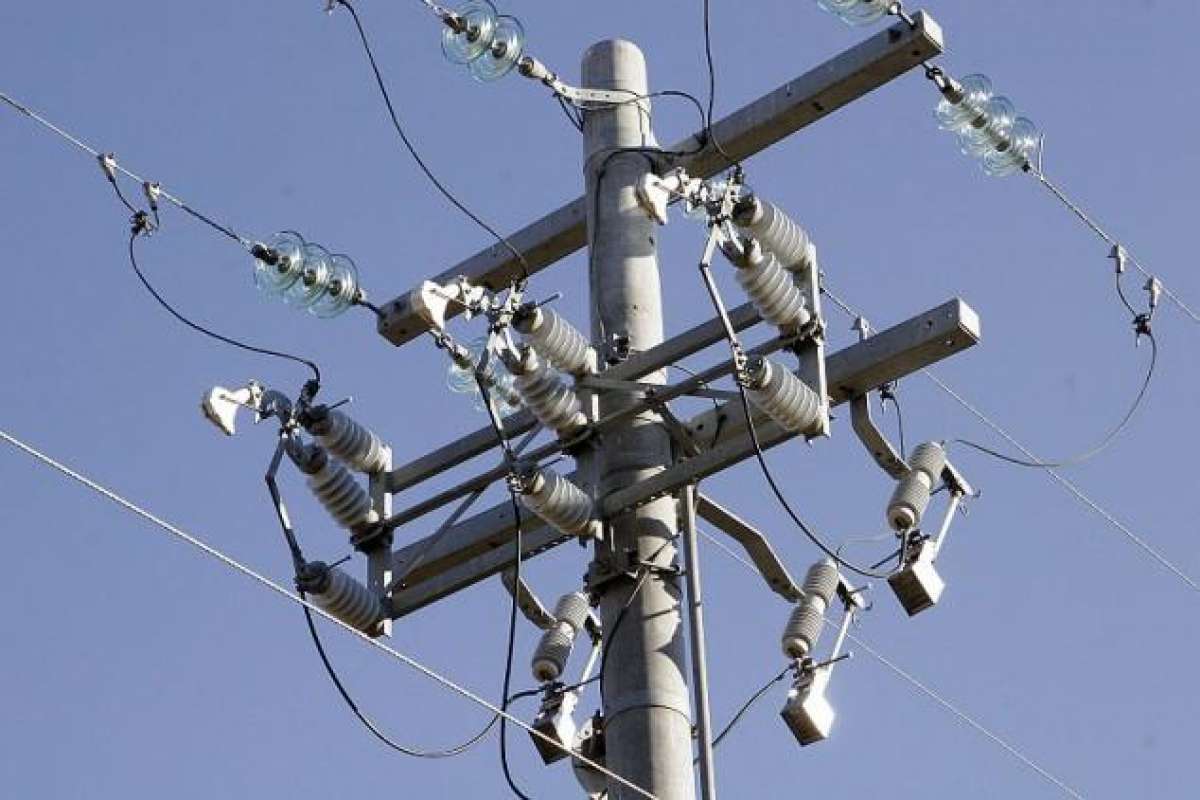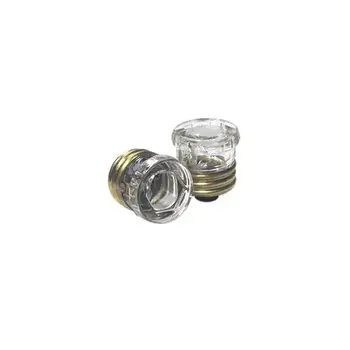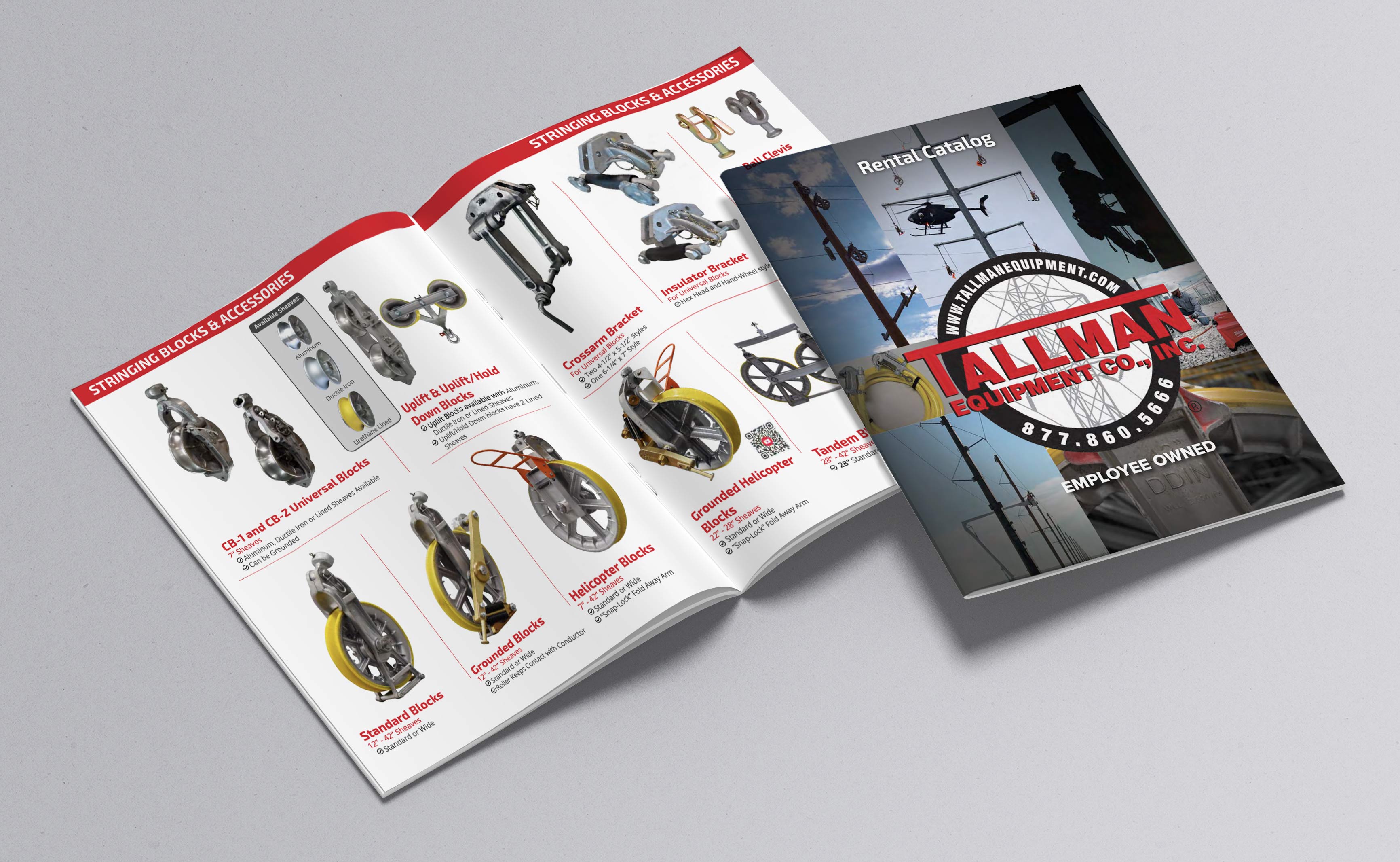Fuse Cutout In Utility Distribution

Substation Relay Protection Training
Our customized live online or in‑person group training can be delivered to your staff at your location.

- Live Online
- 12 hours Instructor-led
- Group Training Available
Download Our OSHA 3875 Fact Sheet – Electrical PPE for Power Industry Workers

- Follow rules for rubber gloves, arc-rated PPE, and inspection procedures
- Learn employer obligations for testing, certification, and training
- Protect workers from arc flash and electrical shock injuries
A fuse cutout is a protective device used in overhead distribution systems. It isolates faults by breaking the circuit when excessive current flows, protecting transformers and lines. Fuse cutouts enhance system safety, reliability, and ease of maintenance in electrical networks.
What is a Fuse Cutout?
A fuse cutout plays a critical role in safeguarding electrical distribution systems.
✅ Used in overhead distribution systems to protect lines and transformers from overloads and short circuits
✅ Automatically disconnects power during faults to prevent equipment damage
✅ Allows for safe manual operation and a visible break for maintenance
This unassuming device, often perched atop utility poles, acts as the first line of defence against surges and overloads that can damage expensive equipment and disrupt the power supply. Essentially, it is a combination of a fuse and a switch, designed to isolate faulty sections of the network and maintain the integrity of the rest of the system. To understand how fuse cutouts fit into the broader electrical protection landscape, it's essential to explore how they complement relays, breakers, and fuses.
Overhead Line Protection
Imagine a tree limb falling on a distribution line. The resulting short circuit could send a surge of current through the network, potentially damaging transformers and other equipment. This is where fuse cutouts come in. Installed on overhead distribution lines, they act as sentinels, constantly monitoring the current flow. When a fault occurs and the current exceeds a predetermined threshold, the fuse link within the cutout melts, interrupting the flow of electricity and isolating the fault. This prevents further damage and minimizes disruption to the wider network.
Test Your Knowledge About Electrical Protection!
Think you know Electrical Protection? Take our quick, interactive quiz and test your knowledge in minutes.
- Instantly see your results and score
- Identify strengths and areas for improvement
- Challenge yourself on real-world electrical topics
Dropout Fuse
One of the key features of a fuse cutout is its ability to provide a clear visual indication of operation. When the fuse link melts, a spring-loaded mechanism causes the fuse holder to drop open, creating a visible break in the circuit. This "dropout" feature allows linemen to quickly identify the location of the fault, facilitating faster restoration of service. This visual cue is crucial for efficient maintenance and troubleshooting in overhead distribution networks. Similar to fuse cutouts, current-limiting fuses are designed to interrupt fault currents rapidly, reducing energy let-through and minimizing equipment damage.
Pole-Mounted Cutout
Fuse cutouts are typically installed on utility poles, making them easily accessible for maintenance and replacement. These pole-mounted cutouts are designed to withstand harsh environmental conditions, such as rain, snow, and UV radiation. They are also designed to be operated with a hot stick, a long, insulating tool that allows linemen to safely disconnect the fuse holder, also called the fuse tube, from a distance. This ensures the safety of personnel working on the electrical distribution system. For pole-mounted applications, understanding the load break switch helps clarify how fuse cutouts differ in isolating live circuits under load.
Distribution Transformer Protection
Distribution transformers, which step down voltage from the primary distribution line to levels suitable for homes and businesses, are particularly vulnerable to overloads and short circuits. They are commonly used to protect these transformers by disconnecting the transformer from the line in the event of a fault. By isolating the faulty transformer, the cutout prevents damage to the transformer and minimizes disruption to other customers on the network. When used alongside transformer protection, fuse cutouts play a vital role in disconnecting faulty transformers before damage can spread.
Loadbreak Cutout
While traditional fuse cutouts primarily protect against overcurrents, loadbreak cutouts offer enhanced functionality. These devices can interrupt normal load currents, allowing linemen to safely isolate sections of the network for maintenance or repair work. This eliminates the need for costly and time-consuming switching operations at the substation. Loadbreak cutouts provide a versatile solution for managing and protecting electrical distribution systems. Learn how fuse cutouts are coordinated with overcurrent protection devices to isolate faults without affecting healthy parts of the system.
Frequently Asked Questions
What is the purpose of a fuse cutout in a distribution system?
It protects distribution systems by isolating faults, such as short circuits or overloads, preventing damage to equipment and minimizing service interruptions. Fuse cutouts are also part of a broader strategy that involves short-circuit protection to detect and disconnect faults quickly and safely.
How does a fuse cutout work and what is its key components?
When excessive current flows through the fuse link, it melts, creating an arc. The cutout's design extinguishes the arc and physically breaks the circuit, isolating the fault. Key components include the fuse link, fuse holder, expulsion tube (for arc quenching), and insulator housing (typically a polymer insulator).
What are the different types of fuse cutouts and how do they differ?
They come in various types, including open, enclosed, liquid-immersed, and solid material. They differ in voltage rating, interrupting capacity, and environmental suitability. Open cutouts are commonly used in lower-voltage applications, while enclosed types provide better protection in harsh environments. You can compare fuse types to determine which is best suited for your overhead distribution system, whether it's a standard fuse or a loadbreak cutout.
How do I select the correct cutout for my application?
Selecting the right cutout involves considering factors like voltage rating, continuous current rating, interrupting current rating, speed of operation, and coordination with other protective devices. Consulting with an electrical engineer or referring to the manufacturer's specifications is recommended.
FREE EF Electrical Training Catalog
Download our FREE Electrical Training Catalog and explore a full range of expert-led electrical training courses.

- Live online and in-person courses available
- Real-time instruction with Q&A from industry experts
- Flexible scheduling for your convenience







